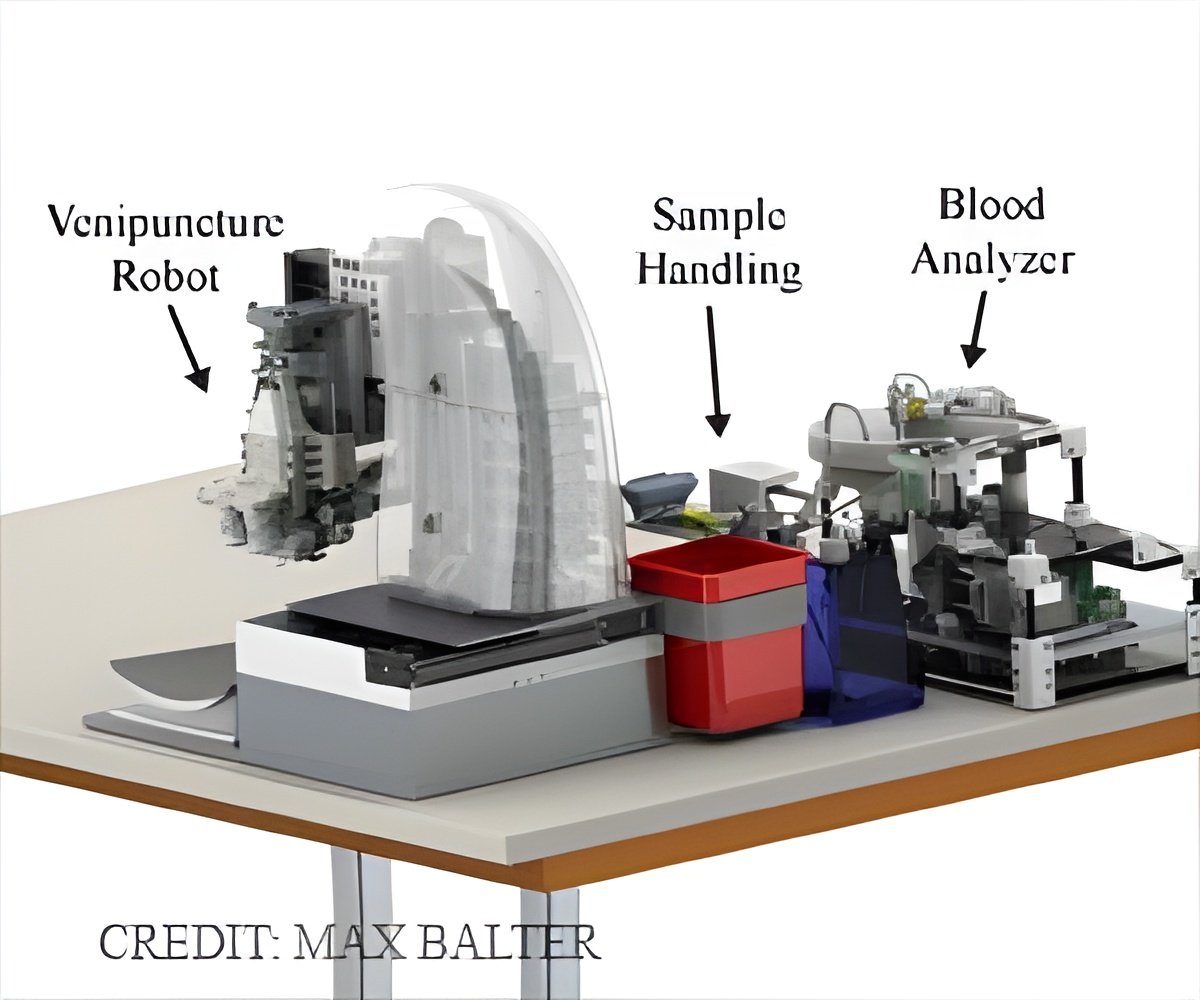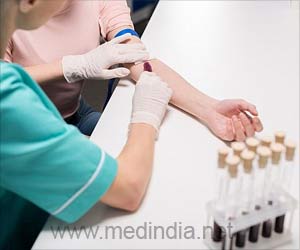New automated robotic device can help faster blood testing and provide rapid results, which may improve the workflow in hospitals and health-related institutions.

‘Newly developed automated robotic device can help faster blood testing. The automated blood drawing and testing device can provide rapid results, which can speed hospital work and enhance health care.’





"This device represents the holy grail in blood testing technology," said Martin L. Yarmush, senior author of the study and Paul & Mary Monroe Endowed Chair & Distinguished Professor in the Department of Biomedical Engineering at Rutgers University-New Brunswick."Integrating miniaturized robotic and microfluidic (lab-on-a-chip) systems, this technology combines the breadth and accuracy of traditional blood drawing and laboratory testing with the speed and convenience of point-of-care testing."
Diagnostic blood testing is the most commonly performed clinical procedure in the world, and it influences most of the medical decisions made in hospitals and laboratories. But the success rate of manually drawing blood samples depends on clinicians' skill and patient physiology, and nearly all test results come from centralized labs that handle large numbers of samples and use labor-intensive analytical techniques.
So, a Rutgers biomedical engineering research team created a device that includes an image-guided robot for drawing blood from veins, a sample-handling module, and a centrifuge-based blood analyzer. Their device provides highly accurate results from a white blood cell test, using a blood-like fluid spiked with fluorescent microbeads.
The testing used artificial arms with plastic tubes that served as blood vessels. The device could provide rapid test results at bedsides or in ambulances, emergency rooms, clinics and doctors' offices.
Advertisement
Source-Eurekalert












